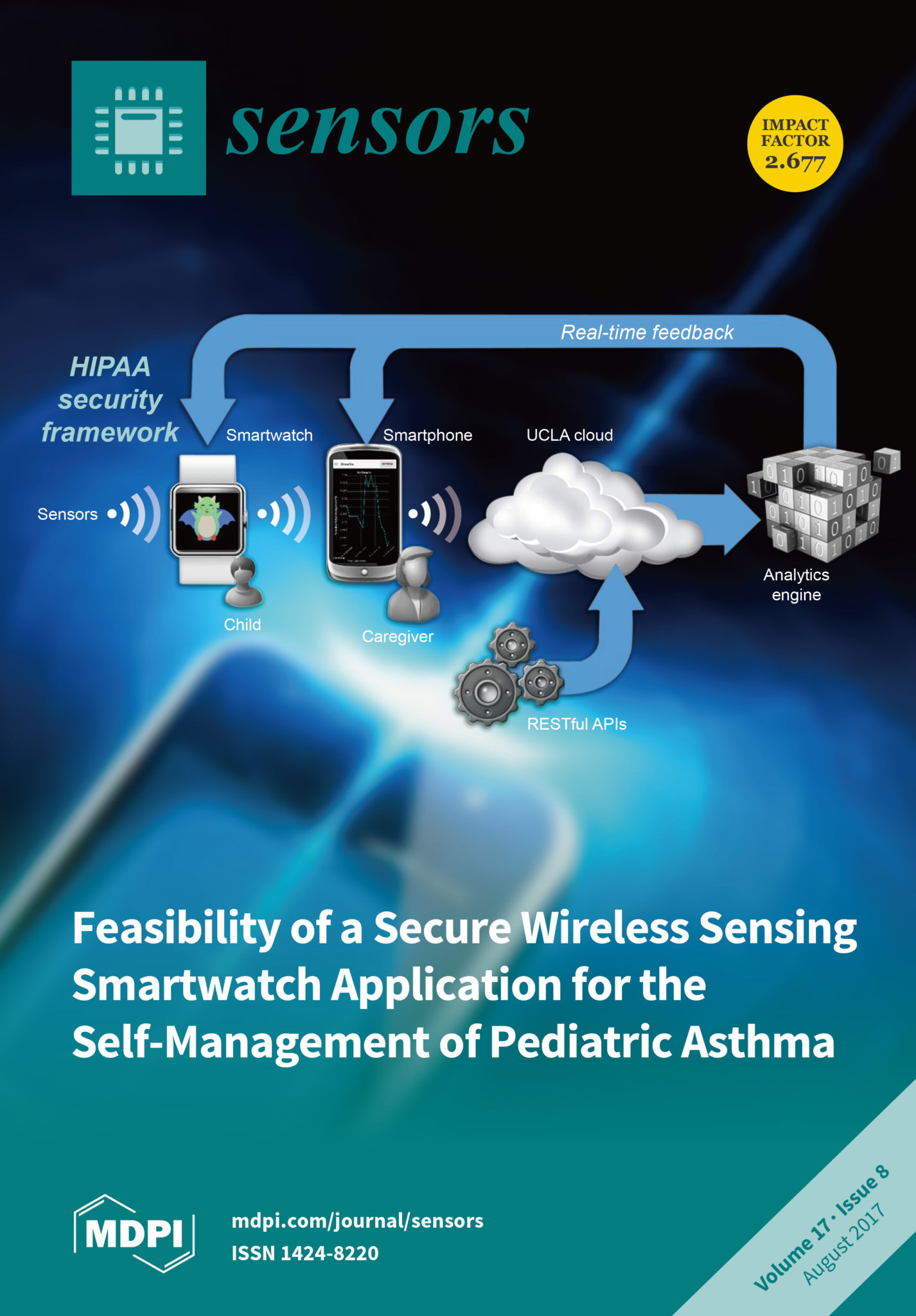Adaptive Indoor Positioning Model Based on WLAN-Fingerprinting for Dynamic and Multi-Floor Environments.
Abstract
The Global Positioning System demonstrates the significance of Location Based Services but it cannot be used indoors due to the lack of line of sight between satellites and receivers. Indoor Positioning Systems are needed to provide indoor Location Based Services. Wireless LAN fingerprints are one of the best choices for Indoor Positioning Systems because of their low cost, and high accuracy, however they have many drawbacks: creating radio maps is time consuming, the radio maps will become outdated with any environmental change, different mobile devices read the received signal strength (RSS) differently, and peoples’ presence in LOS between access points and mobile device affects the RSS. This research proposes a new Adaptive Indoor Positioning System model (called DIPS) based on: a dynamic radio map generator, RSS certainty technique and peoples’ presence effect integration for dynamic and multi-floor environments. Dynamic in our context refers to the effects of people and device heterogeneity. DIPS can achieve 98% and 92% positioning accuracy for floor and room positioning, and it achieves 1.2 m for point positioning error. RSS certainty enhanced the positioning accuracy for floor and room for different mobile devices by 11% and 9%. Then by considering the peoples’ presence effect, the error is reduced by 0.2 m. In comparison with other works, DIPS achieves better positioning without extra devices.


